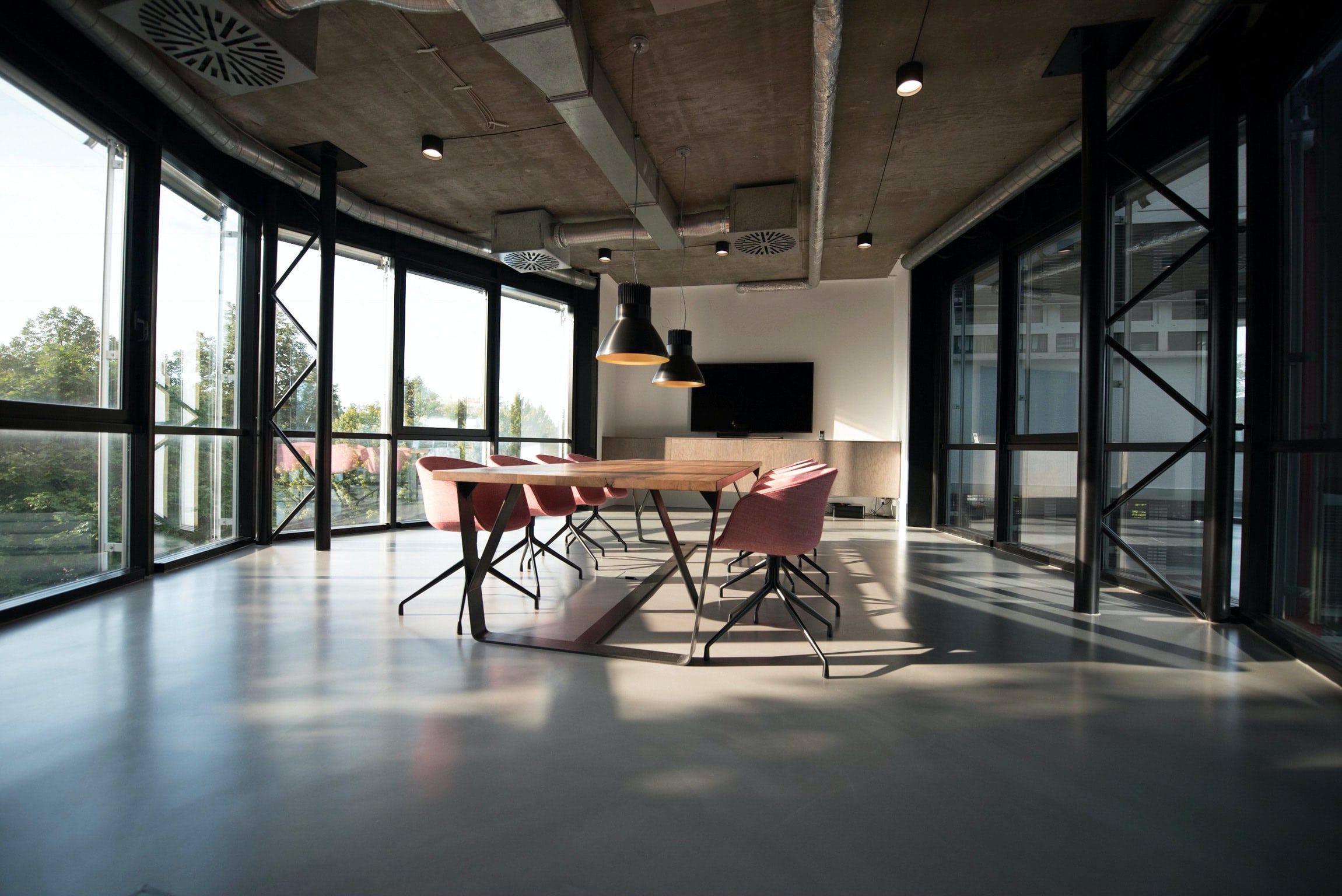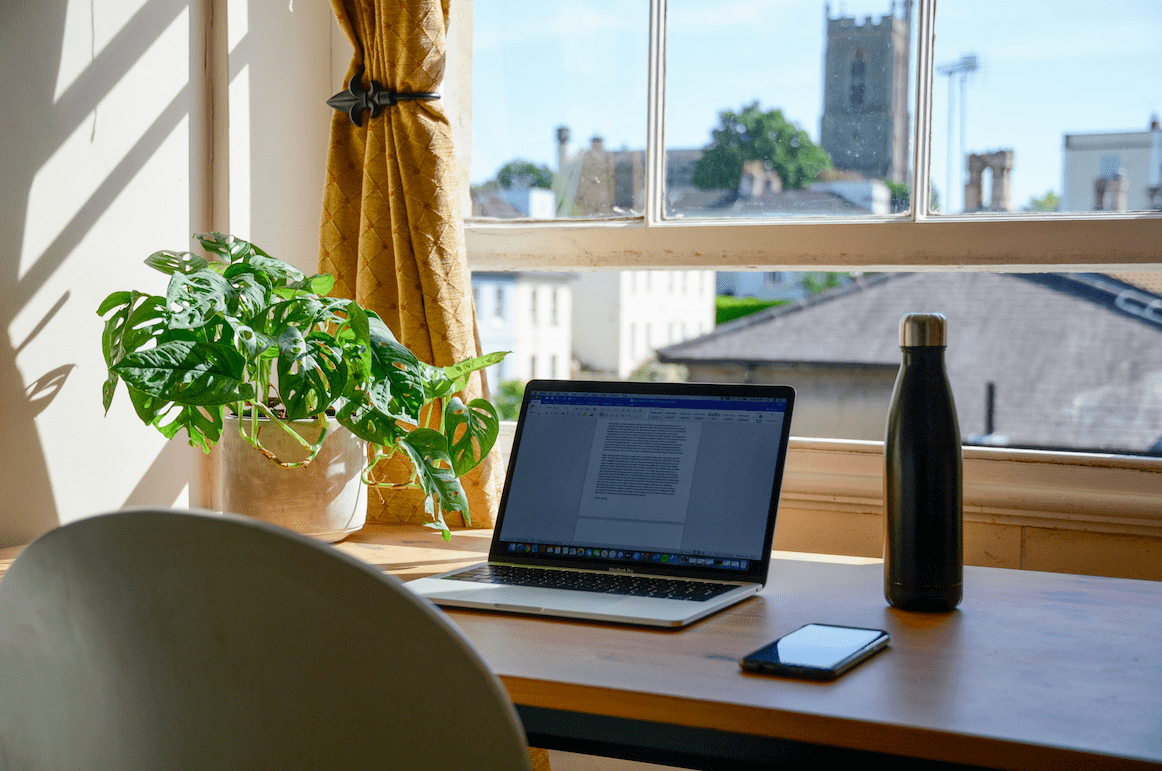For today’s #TransformationTuesday we are mixing it up. Jim Gallo, our first Guest Contributor, is sharing about all things office space vs. remote work, employees’ reactions, and the question we’ve all been asking…”Will we return to the office full-time?”
Jim Gallo is a Managing Partner at Gallo Associates, LLC. He is also a long-time friend and partner with Transforming Solutions.
Our Guest Contributor series aims to focus on new voices, new perspectives, and new stories of success. If you are interested in sharing your perspective or a story, please contact us.

Every morning, you can watch CNBC or any business channel and hear the constant drumbeat of the demise of office space. Offices are vacant, employees are at home, video meetings are all the rage, and not only do employees no longer have to sit in the morning rush hour, but they also don’t even have to buy new clothes or iron their shirts. Who could see wrinkles when just your face is on the screen? What could be better?
Each week for the last 15 months, the news outlets are reporting that companies in Chicago and other big cities will reduce their office counts by two-thirds. Rents will plummet. REITS will go broke, and office space is dead…
Well, probably not. It’s not time to back up the hearse just yet – and probably never will be. That’s because many companies are calling all their employees back – some quicker than others. But sooner or later, they want them back.
In an interview with Jamie Dimon, Chairman, and CEO of JPMorgan Chase, there is no human bonding when employees are working from home. He said,
[Working from home] “doesn’t work for people who want to hustle, doesn’t work for culture, doesn’t work for idea generation. By September it will look just like it did before,” Dimon said at a Wall Street Journal CEO Council event last month. “We are getting blowback about coming back internally, but that’s life.”
Why Employees Like Working from Home (as Opposed to the Office)
I’ve spent a lot of hours behind the wheel in rush hour traffic, and there were times when it was at least three hours of my day. Working from home seems pretty appealing. I can sleep in, get out of the shower and dressed and join a 9:00 am Zoom call while my hair is still wet and no one would know. At 6:00 when the day is done, I wouldn’t have to rush home to catch my kids’ soccer games because I’ll be able to take them to the games. In addition to all that, I save gas money, put fewer miles on my car, have fewer maintenance costs, and it just gets better. Or does it?
What’s Not To Like?

Many employees are simply better employees when in an office environment.
This one is true for me. Many workers are more efficient, more diligent, and they are not easily distracted when in the office. But move them to work from home and there is no shortage of things to take them away from the desk. Go in the kitchen and grab a snack. Pet the dog, feed the dog and walk the dog. Check social media. Throw the wet load of clothes in the dryer. And on it goes…
Working from home can be a lonely experience.
Most humans feed off the energy of others. Many have set up offices in their basements and they’re “down there” in solitude trying to stay alert, and productive. It’s difficult.
Conversely, many people thrive in a collaborative work environment.
When brainstorming or problem solving, it’s much quicker to get up and walk into the office next to yours than it is to send an email arranging a Zoom call. And people who feed off of others excel when they see better positive body language and facial expressions.
When we go into an office, we can talk sports, we can talk weather, we can talk politics (or at least we used to). But most importantly, we can easily collaborate and brainstorm on ideas or problems in search of a solution. There are certain occupations where being by yourself is not the optimal way to get things done. In creative fields like marketing and advertising, can you imagine someone trying to come up with an ad campaign all by themselves? Of course not.
You may feel like you never get away from work.
Many studies have shown people are more productive at home. What they omit is, if they’re not commuting three hours a day, are they working those three hours? And is that a good thing? Many employees report they work eight-hour days or more, but it takes them sixteen hours to do it. Moreover, because you never get away from work, you have little work life-personal life boundaries. One of the nice things about going to work is leaving work because then your day is done.
On-Boarding new employees is especially difficult.
It’s very difficult to train someone on their job when you’re not face-to-face. New employees may have trouble grasping certain tasks and can spend (or waste) hours trying to solve them. They don’t know who to call or even how to reach them. So they’re at home, feeling pressure to be productive, and wait for help. This was one of Dimon’s main points: new employees have trouble or may never bond with a boss or peer, have no one to help build morale, no one to go to lunch or drinks after work, and in the end, nothing that mentally attaches them to the company. The net effect is the company will see higher turnover as new employees haven’t grown roots.
Many managers can’t manage what they can’t see.
It may sound old school but many managers simply don’t trust workers if they can’t see them. In a recent non-scientific survey of tech workers by Blind Blog, more than seventy percent of the respondents said they work six hours or less on an average day, more than 40 percent said they work less than four.
Maybe go Hybrid: A Mix of Office and WFH
Some companies are attempting a happy medium where workers come in 2-3 days per week. The theory is companies will reduce their office space. Employees, instead of going to their office every day, will come in two or three days a week and simply take any empty office. While this seems like a possible scenario, it seems wrought with pitfalls. If you’re working on a team, and some of the team members come back the next day while others stay home, the lack of continuity is going impede progress. In addition, you’ll have employees jockeying for the best window office. Employees will have no office to call their “home away from home.” No family pictures. No Feng Shui. Nothing. And I don’t know about you, but I don’t like someone sitting at my desk.
One recent projection for office occupancy by Moody’s estimates offices will return to their 2019 occupancy rate by 2026. I’m betting much sooner.
About the Author
Jim Gallo is a Managing Partner at Gallo Associates, LLC. and a long-time friend and partner with Transforming Solutions. Connect with Jim on LinkedIn.
